The latest data published by the EU statistics agency Eurostat – shows that the UK recorded a 92.25% recycling and recovery rate for the year, down from 96.9% in 2015.
When looking at the figures in terms of tonnages, a total of 1.24 million tonnes of ELVs were captured in the UK in 2016. This is up from around 967,000 tonnes in 2015.
The UK recycled 1.049 million tonnes in the same period, which means that the total recycling and reuse rate alone was 86.4%, excluding recovery. This is down just 0.9% from 2015 and means the UK met the 85% target for re-use and recycling alone.
According to EU regulations, recovery of vehicles covers, among other things, “the process of recovering parts from vehicles including components from catalysts, the recycling/reclamation of organic substances which are not used as solvents and the regeneration of acids or bases”.
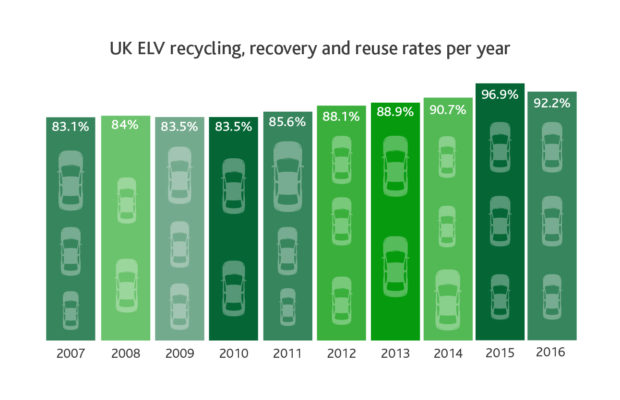
In 2016, a total of 1.12 million tonnes were recovered of the 1.25 million tonnes generated, giving a recovery rate of 90%, down from 95% in 2015. This suggests the recovery aspect of the figure played a major part in the drop.
Vehicle size
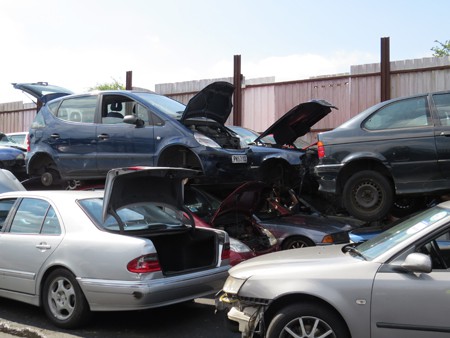
The decrease has largely been put down to an increase in the size of vehicles on the road compared to previous years and changes in the data used to assess volumes in the ELV stream as well as challenges in dealing with non-metallic post shredder material.
Difficulty in meeting the 2016 target had been anticipated by recyclers, due to the changes in the calculation method. 2016 saw the average weight of a car calculated at 1.1 tonnes (1,130 kg) rather than at 971 kg as it had been for 2015 and earlier. This followed research involving metal shredders, which was supported by the government.
Defra
Commenting on the release, a Defra spokesperson said: “The UK’s ELV reuse, recycling and recovery rate in 2016 reflects a change in how we analysed our data, with the recycling rate calculated against a significantly higher base weight – 1,130kg per vehicle compared with 971kg the previous year.
“Despite this change, the rate remains high. As set out in our Resources and Waste Strategy, we will continue to consider whether links between target obligations and achievement are sufficiently robust to drive recycling and recovery investment in the sector.”
“Unfortunately, it’s not immediately obvious how or why the rates would improve in coming years, given that illegal vehicle dismantling sector seems to be going from strength-to-strength.”
Chas Ambrose
Vehicle Recyclers’ Association
Speaking to letsrecycle.com after the release of the figures, Chas Ambrose, secretary of the Vehicle Recyclers’ Association, commented that the change in the calculation method for vehicle weights had been among the key reasons for the drop in the recycling and recovery rate.
“One of the most important reasons was probably the increase in the average vehicle weight used in the calculations – this increased by approximately 150 kg to 1130kg,” he explained.
Mr Ambrose added: “I seem to recall that the number of Certificates of Destruction (CODs) also increased during this period, meaning that the available evidence was spread more thinly between CODs. One of the weaknesses in the system is the number of vehicles which are illegally dismantled/ scrapped without a COD being issued. We anticipate that the majority of these will go through existing UK ELV infrastructure.”
Vehicles entering scrap yards which are licensed under the ELV regulations are issued with a COD – the legal document proving that a vehicle has been scrapped, and this is how EU rates are calculated.
Dr Ambrose added that more investment is needed in infrastructure to treat post shredder non-metallic material, which is also a possible contributor to the missed target, adding that he expected a similar outcome for 2017.
“Unfortunately, it’s not immediately obvious how or why the rates would improve in coming years, given that illegal vehicle dismantling sector seems to be going from strength-to-strength and we are not aware of significant further developments in post-shredder technology or material end markets.”
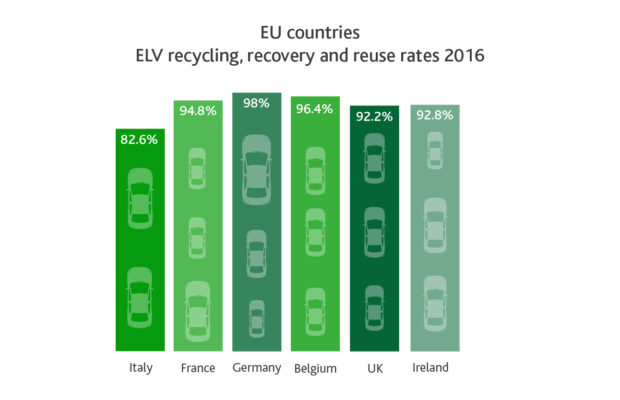
Post-shredder material
Howard Bluck, technical director of the British Metals Recycling Association (BMRA) agreed that the fall in the overall recycling rate can be linked to the increasing vehicle weights.
“We believe this is due, in part, to the average vehicle weight increasing to 1,130kg and issues affecting the post-shredder recycling and recovery infrastructure. There have been several reports from members that ELVs arrive into ATFs [approved treatment facilities] having already been stripped of their higher-value parts, such as catalytic convertors,” Mr Bluck explained.
He added: “The sector faces further challenges such as use of plastic and composites replacing parts previously made from metals. Additionally, we are concerned that recent changes to chemicals legislation (specifically the recasting of the POPS Regulation) may make it more difficult to recycle certain polymers present in ELV, making future delivery of the targets less certain.”
In terms of the UK’s performance in comparison to other EU member states, the drop in recycling and recovery rates is the second largest fall of member states recorded for 2016. In 2015, the UK had the fifth highest recycling and recovery rate across the continent, but has slipped to 20th in 2016, with four countries yet to submit data.






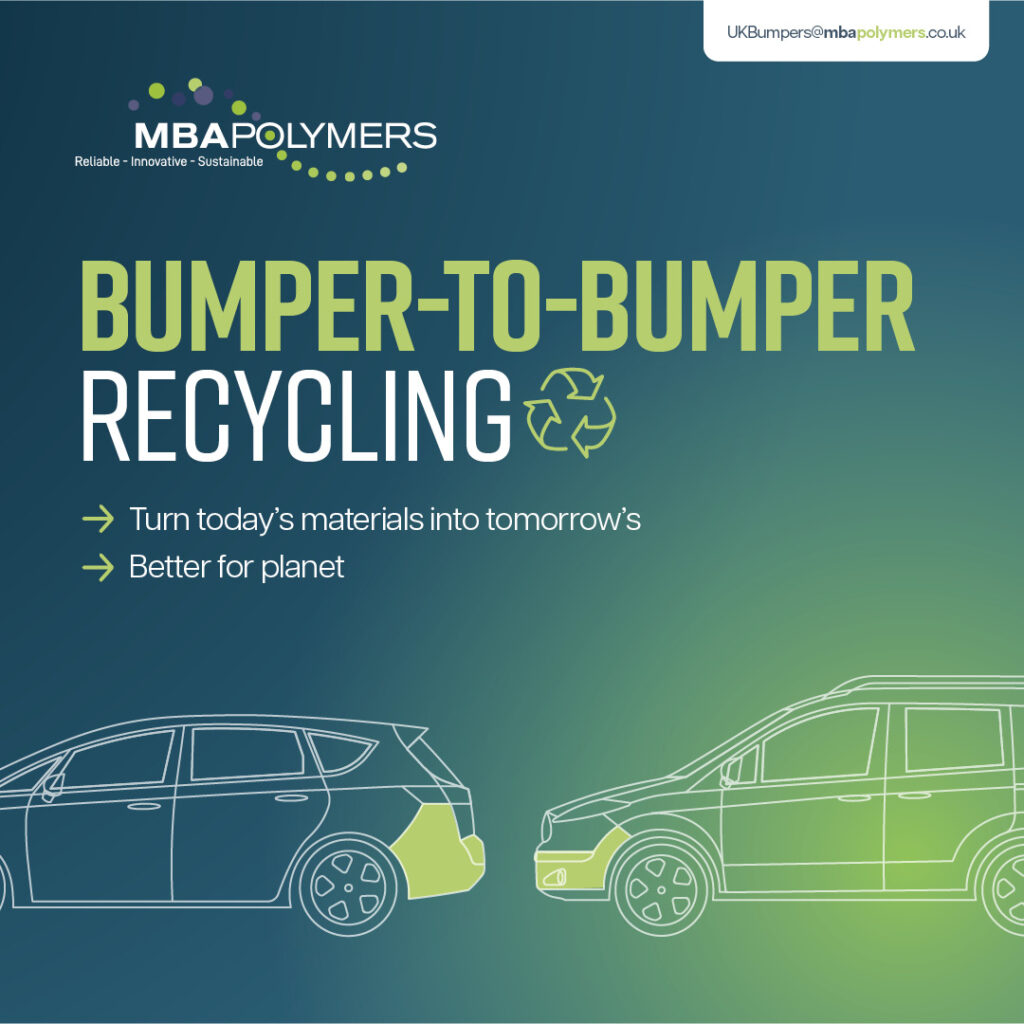
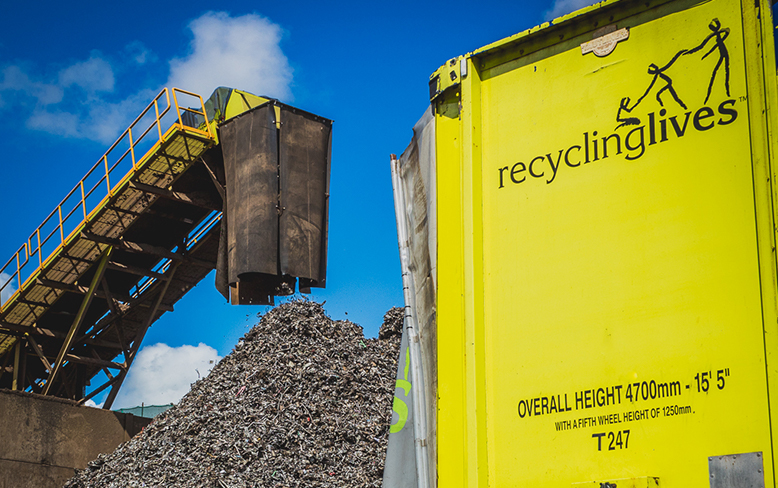
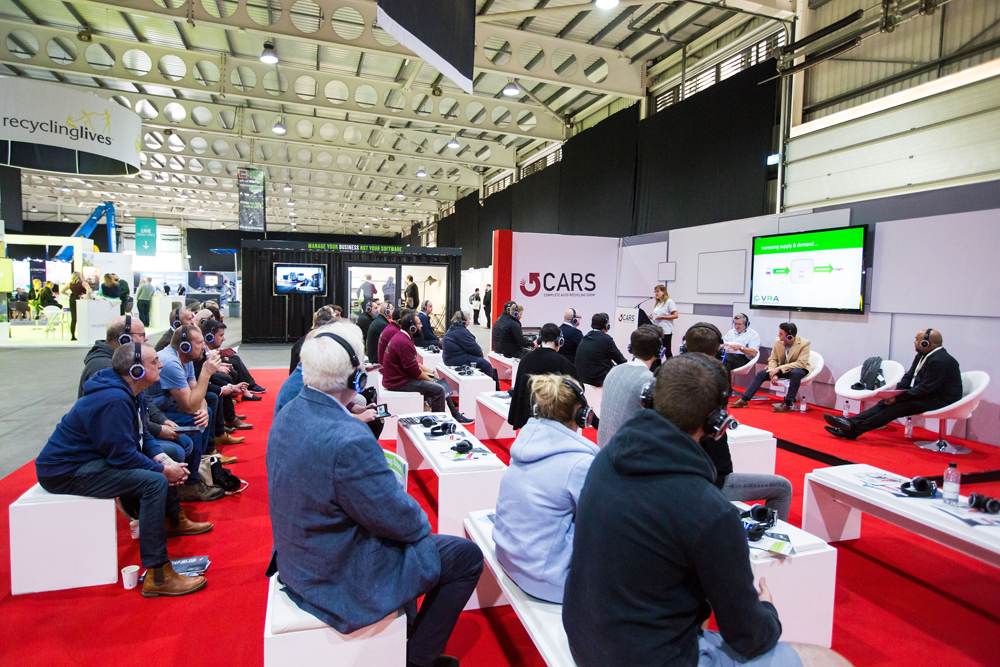


Subscribe for free